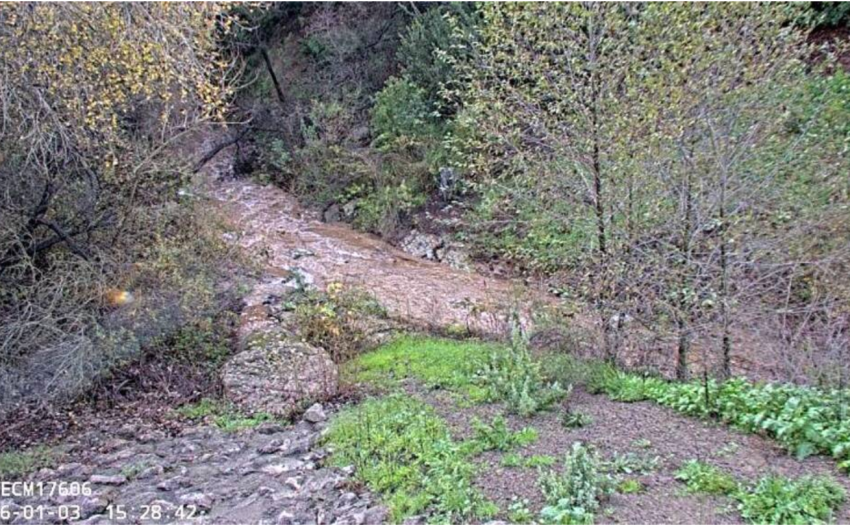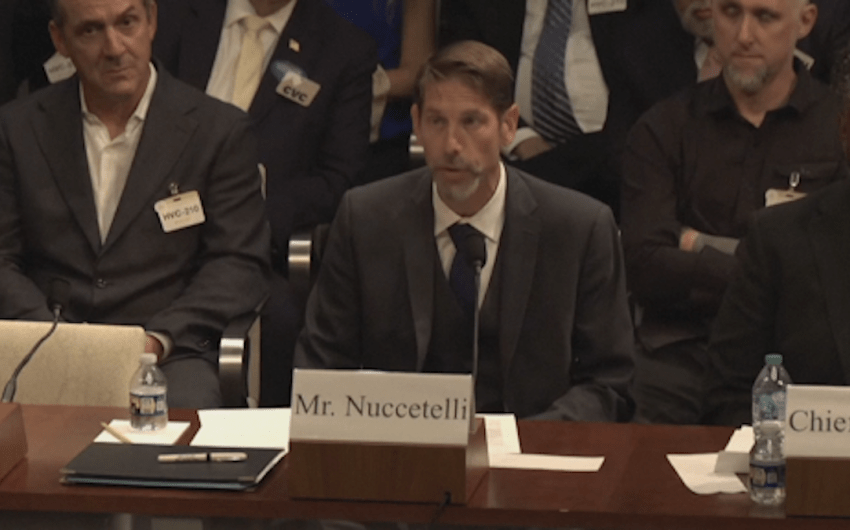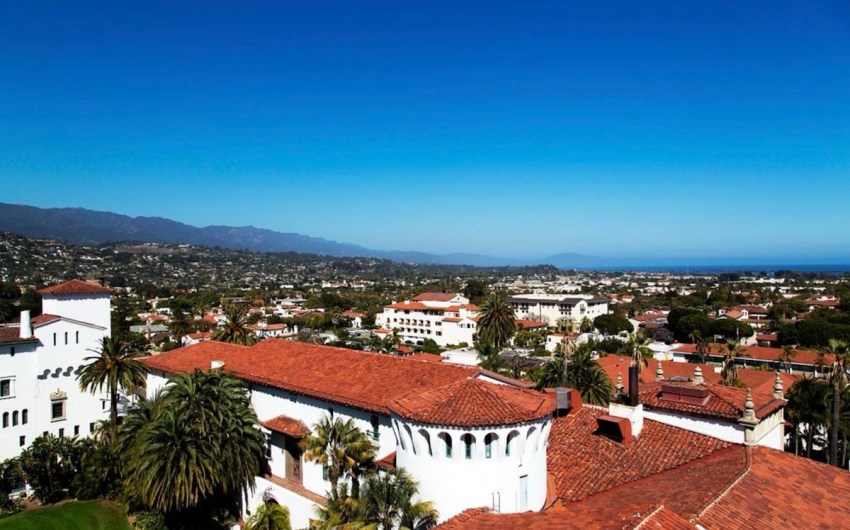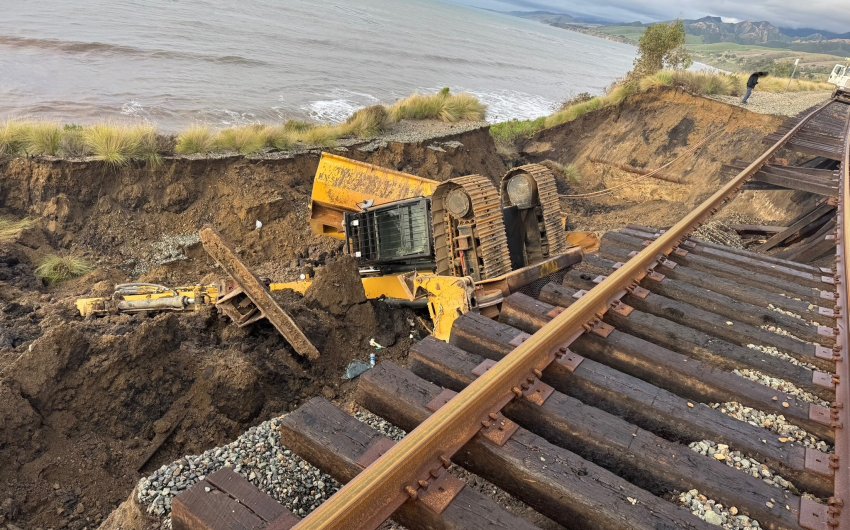Three water systems in Santa Barbara County failed the state’s annual assessment of drinking water systems, with another 12 falling into the “at-risk” category.
Serving a population of more than 6,000 individuals and more than one million tourists annually, the Solvang Water Division was the largest of the three failures. However, upon receiving the State Water Resources Control Board’s notice, Solvang immediately took the perchlorate-contaminated well offline. This resulted in no service interruptions and brought the number of current failing systems in the county down to two as of this Monday.
The other two failing systems are in smaller, more rural communities — Ray Water Company lies south of Santa Maria with a population of 40, and the Jonata Homeowners Association, one mile northwest of Buellton, has a population of 35. Each water system has one well as the sole water source.
Both wells exceed the maximum contaminant level (MCL) for safe drinking water. “Simply put, this means they do not deliver safe drinking water,” said Chad Fischer, Senior Water Resource Control Engineer for California Water Boards.

Ray Water Company has unsafe nitrate levels, which can affect how red blood cells deliver oxygen throughout the body. High nitrate concentration can be especially harmful to pregnant individuals or small children due to the pre-existing strain on the body.
The Jonata Homeowners Association showed high levels of arsenic, which has been linked to certain types of cancer, and selenium, which can have gastrointestinal and neurological effects.
With the only water source in these rural communities contaminated, the state is urging residents to look at other options.
“These are both small systems within reasonable proximity to larger ones, like Buellton and Santa Maria,” explained Fischer. “Consolidation is the most sustainable solution.”
With 90 percent of the failing systems serving less than 500 homes, connecting rural communities to areas with bigger, more diverse water systems has the potential to deliver safe — and less expensive — drinking water for decades to come. Across the state, getting water from smaller systems costs residents $32 more per month than it does from a larger, Santa Maria–like system, Fischer said.
Pushback from some of the larger water systems has been a problem, Fischer said, but “the reasons they have for pushing back fall away when the priority is safe drinking water.”
Where the money will come from to facilitate these mergers remains a question mark. “Defining the problem has been a huge step, but this will take lots of partnerships,” emphasized Fischer. “We need to think big.”
Of the 12 at-risk water systems, four hail from South County — the Goleta Water District included, mainly due to accessibility concerns. At-risk Montecito Sea Meadows, Rosario Park, and Naples also provide water to South County residents. Four are in the Santa Maria area, three around Buellton, and one in Cuyama. An interactive map of statewide water systems can be found here.
Clarification: The Jonata Homeowners Association with water issues is a different group from Jonata Springs Ranch, which is served by the Bobcat Springs Mutual Water Company. Mike Adriansen, president of the Bobcat water company, stated that water for the similarly named Jonata Springs Ranch has passed state standards consistently.
This article was underwritten in part by the Mickey Flacks Journalism Fund for Social Justice, a proud, innovative supporter of local news. To make a contribution go to sbcan.org/journalism_fund.












You must be logged in to post a comment.